I have a list of blackhat SEO tactics that I always intend to write about (it’s what made me well known in the SEO community to begin with) and I love finding little gaps in the algorithm that can be exploited. Rishi Lakhani is Awesome
This week Martin, a long time friend, tweeted:
This was a subject I wanted to write about for a while. His tweet prompted me to actually do so. Take a look at what he was talking about:
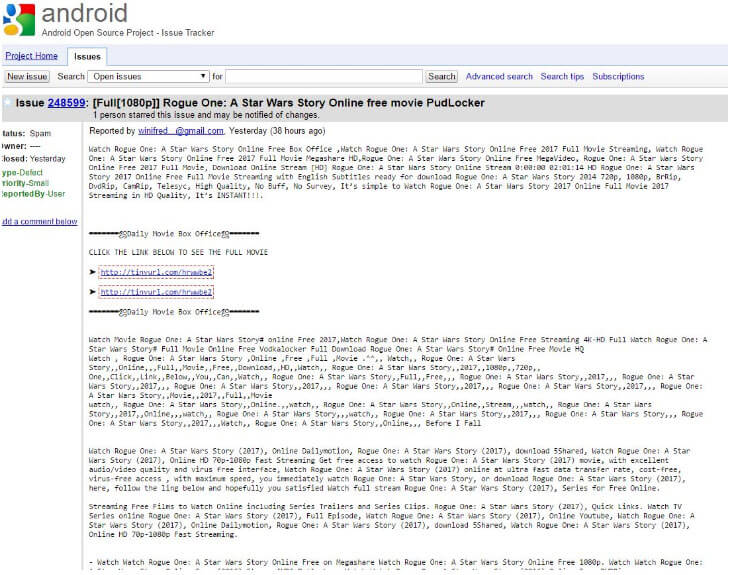
Parasite Hosting for Rankings. What is it exactly?
I am not sure how many “white hat” SEOs have ever investigated what Parasite Hosting is – I don’t see much reference to it in most most SEO blogs that I come across. However it is the staple of some blackhat SEOs who make tonnes of money each month from using parasite hosting as a ranking and traffic hacking technique.
You could almost call parasite hosting a blackhat “Growth Hacking” strategy.
So what is it and why should you care?
Understanding how it works
Parasite Hosting relies primarily on two things :
- A strong site or domain authority
- The ability to add content on said site.
In a nutshell, spammers who use this technique will find sites and domains with a strong link profile and the ability to rank very quickly with very little effort. Common sites that you would find that are victims of parasitic hosting are mostly sites which rely on unmoderated user generated content: forums, notice boards, and even free blogging platforms such as wordpress and blogspot.
The key here is that content on such sites can either rank easily without any real effort, or can be made to rank with very little effort. The extreme side of this technique is also employed at scale by hackers – which quickly moves away from the remit of spam and blackhat SEO to illegal SEO. These hackers dont care whether you have a UGC area or not, they simply hack good domains and insert their content in a way that is usually undetectable to site owners.
The extreme side of this technique is also employed at scale by hackers
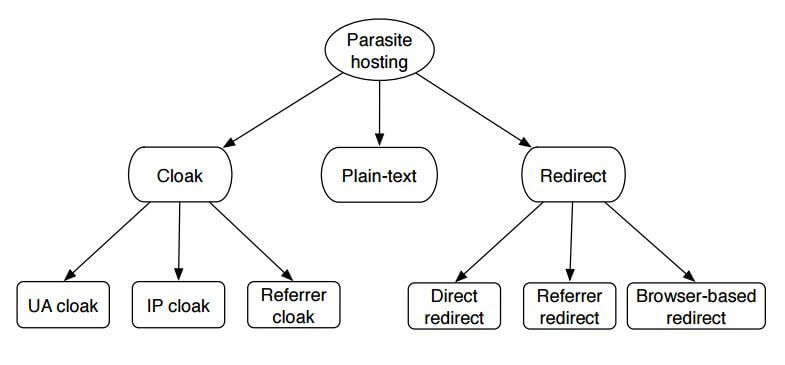
Different types of uses for Parasite Hosting Source: Fighting Parasite Hosting: Identifying and Mitigating Unauthorized Ads on Your Webserver – Shuang Hao, Adam Arrowood, Xinyu Xing, Nick Feamster
Georgia Institute of Technology
This technique is not new and has been in use for as long as I can remember. Here is a post from Rand over at Moz from almost 10 years ago:
https://moz.com/blog/parasite-hosting-now-dominating-spam-results
The key premise behind the technique is fairly simple and can be carried out in five simple steps:
- Find sites that allow user generated content
- Pick from that list sites that have a very high domain authority in search results
- Create your content on it with your lead-gen or monetisation links
- Rank it
- Profit.
So Does it Really Work?
Over the years, google has taken manual steps, although they often deny this, on cleaning up such spam from search results. However in keeping in line with their policy of “light touch” changes to the algo manually, they have still not really been able to deal with it at scale, and especially around the long tail of queries. Taking Martin’s example above – here are the results:

That is absolutely astounding – literally the first 3-7 pages of the SERPs are full of this kind of spam!
Putting Rogue One on the Map
You must admit, it is in a way pretty cool to see how far blackhat seo can push the boundaries of search results. In fact, on the second page of the results, I found this little gem:

A little known fact – you can not only create your own custom maps on google, but you can rank and index them. And what is more, you don’t need the content to be very unique, in fact, the content on the ranking page is simply a collation of descriptions surfaced in Google for the same query:
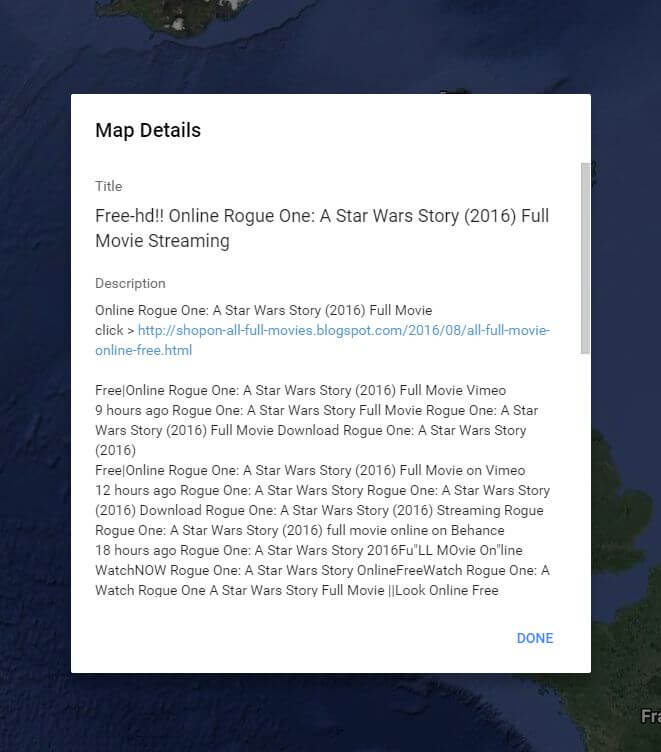
Protecting your site from becoming a parasite host
In most cases this technique is fairly hard to spot on large scale sites – as you can see sites such as google, who should in theory have the best webspam fighting tools on the planet, still struggle to deal with them. However there are a few steps that you can take to start protecting or cleaning up your sites.
Hacked Site Spam
These are parasites that dont care about breaking the law – hacking a site is pretty much illegal in any country. These types of attacks are easier to detect if you have set up all your security settings and monitors in place. This guide from Wordfence is a good start for wordpress users.
UGC Spam
User generated content works really well for sites to increase the sheer volume of content on their domains. This unfortunately leads to vulnerabilities to this type of spam. Some of the ways a UGC platform can try and keep these to a minimum are:
- Monitor “stop” words. A large portion of these pages have similar types of content. In this particular example I have used on the post has examples of stop words to monitor, for example: “Full Movie” “Watch Free”. Setting up alerts for content that includes stop words and holding it for moderation may be one way to go about this
- Monitor Webmaster Tools. Google’s Search Console usually reports the type of keywords a site gets its rankings and traffic for. Running a regular query for these stop words in your GSC keyword report may help highlight these pages for deletion
- Encourage community reporting – this is by far the most common way most UGC sites monitor this type of harmful content – by encouraging users to report it. However the more you highlight the benefits of reporting this content, the better.
There are several other ways, but the three above are the easiest ways. At some point I will follow up this post with the full list of protection and clean up techniques.
Legitimate Uses for Parasite Hosting?
As much as this technique is being used by spammers and Gray/Blackhat SEOs, don’t write it off as a technique that is of no use to you, even if you are a squeaky clean online marketer. As with everything on the web, there are good, genuine uses for most ranking and traffic driving techniques. Parasite hosting is no different, and in fact, is actually a very powerful technique.
So how can I use this technique for legitimate marketing?
There are many ways, however some of my favourites are below.
Ranking by Proxy
The whole points of parasite hosting is to rank content on powerful sites without having to build any of that authority yourself. This is by far the most powerful use of the technique, even for Whitehat SEOs, and most of the other uses below depend on this single technique to work.
In simple terms, if you want to rank for a keyphrase but don’t have the links or rankability on your own site, then using cleverly sourced sites, you could potentially rank your target content on third party sites and gain the traffic that you need.
Reputation Management
This isn’t specifically for traffic driving, however parasite hosting is one of the best ways to take over search results for a brand, entity, business, and even a person.
Lead Generation
Especially powerful is the ability to build and capture leads without even using your own website to drive traffic and leads. I have successfully used parasite hosting to drive thousands of leads to startups who just didn’t have enough capital or time to build up an authority site that may rank for their target audience.
Driving Indirect Sales
This is an interesting approach in itself – and I will cover it in-depth at a future point. However let me give you a taster – imagine you have a really good product that you want to sell. Maybe it’s a “kitchen aid” of sorts. You could rank it on your eCommerce platform, or you could go down the Fulfilled By Amazon (FBA) route. Most product pages on Amazon tend to be duplicate content, and not that well defined. However a growing trend with FBA marketers has been to optimise their product pages for keywords, leverage Amazon’s authority, and even build links to those product pages that will capture organic traffic straight through to your product and drive sales.
Here is an example of a decent sized small volume keyword: “Chlorine Free Diapers” (approx 400 searches a month). As you can see, this brand has unintentionally taken that serp on Amazon – so much so that actual brand ranks much lower down the page for its own product.
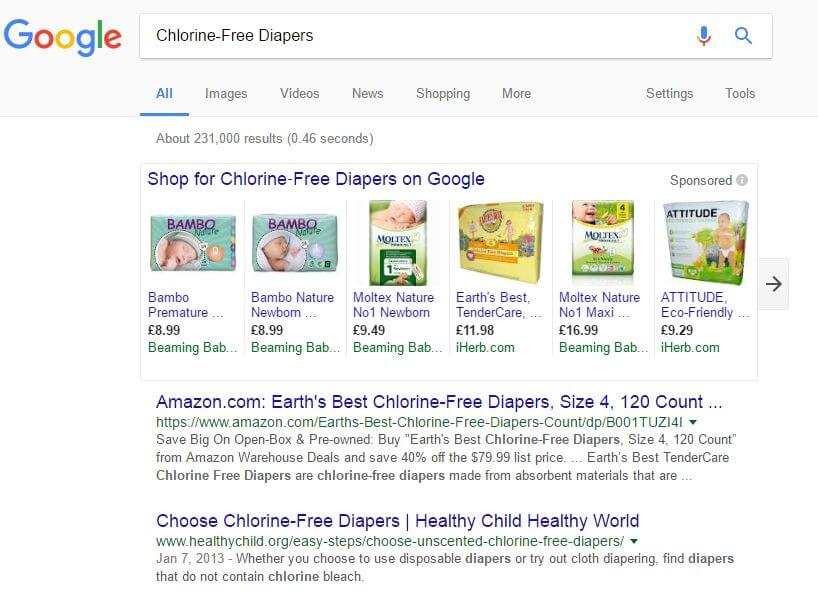
Brand Building
Similar to reputation management, this use of the technique works wonders. Seeing positive content about a brand on search results on third party sites enhances the view of the brand to searchers, and immediately has a “reassuring” effect on potential customers. Combining brand building and reputation management, one of the funniest things I did was to spam Matt Cutts website with the following result:
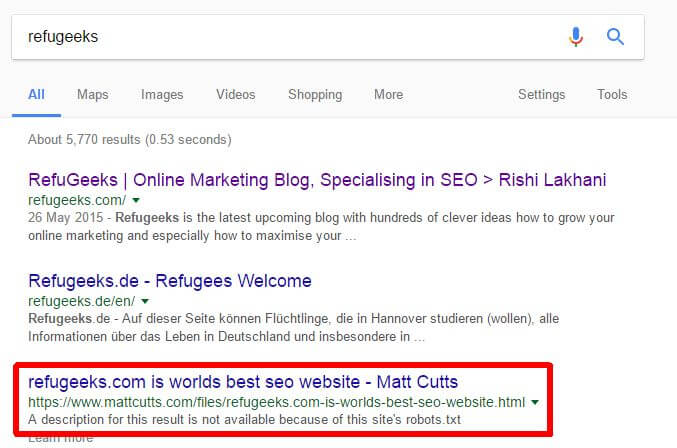
Affiliate Marketing
By far the most common use of parasite hosting, there are legitimate ways to use this technique to drive affiliate sales. I, for example, once worked with a large digital marketing news site, who were okay for me to add affiliate links to my content as long as the products were highly relevant.
The uses are great, but what do you exactly mean when you say that you can rank your content on third party sites?
How To Parasite Hosting for Whitehat SEO
Actually the technique is simplicity in itself. The quick summary?
- Find a site that has authority and may be able to rank for your content
- Find out if they offer guests posts, UGC, paid posts, advertorials
- Get your content on
- Wait for rankings
- Profit
If the content ranks but not as high as you like, give it a gentle nudge by building a few links to it. If it doesn’t, move on to the next one.
Below I outline three four of the easiest ways to get your legitimate content parasite hosted. The key is to find sites that rank for some of your target phrases already, or have enough backlinks that may allow it to do so.
The main thing to remember here is that since you are trying to rank the content on third party sites, you have to make sure that your on-page content and keyword usage, as well as your post title all work towards trying to rank the article for your chosen phrases. You have to craft the post like you would for any SEO page for ranking. Yet, you have to find the right balance of making the content interesting enough for users to engage with.
Guest Posting
Even though Matt Cutts has told us to “Stick a Fork In It” guest posting is very much alive. Using your normal outreach techniques, you should be able to get sites that are willing to publish your post, as long as it’s good enough.
Content Publishing Platforms (User Generated Content)
There are several strong content publishing platforms, with not only organic ranking potential, but with its own readership. Some that come to mind immediately include:
- Slideshare
- Buzzfeed
- Medium
- Forbes
Using these platforms, you could jump start your rankings fairly easily if you create content that not only serves your purpose, but resonates with the audience.
Paid Posts
There are plenty of blogs that allow you to submit paid posts. The only difference here is that in most cases the links to your sites or external content, would be “no follow”. Realistically this shouldn’t matter, as your key metric is the ranking of the content and siphoning off the traffic for your purposes.
Advertorials
Literally thousands of high profile media sites allow the posting of advertorials. These are clearly labelled as such (although not always), but you can still leverage their ranking authority to build your parasite hosting strategy on. The biggest difference between paid posts and advertorials is that advertorials tend to last only a set amount of time before the publisher takes the content down – however they are perfect for seasonal content.
That’s all Folks – make sure you share and follow!

